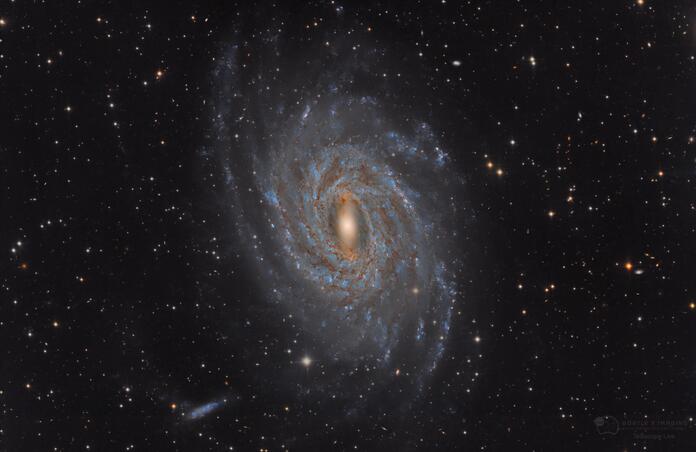Astronomical Time Keeping Systems

There are several timekeeping systems astronomers use depending on the application. Here are the more common ones in current use.
Mean Time: Before atomic clocks came into existence, time was based on the motions of our planet - one planet revolution was considered a day with 1/24th of that revolution was considered 1 hour. The time it took to make a single orbit around the sun was a year. That said, our planet’s motions are not constant because of the tidal effects of gravity and the eccentric orbit it has around our sun. To account for this and make things more consistent, a “Mean Time” concept was born; a “mean sun” was developed that moves smoothly across the sky and Earth’s irregularities are ignored. Hence, a mean solar day is considered to be just 24 hours.
Local Mean Time (LMT): LMT is just the sun’s position relative to the local meridian and depends on the observer’s geographic position. An LMT of Noon is considered to be when the mean sun position is at the local meridian.
Mean Civil Time (MCT): This is also called clock or zonal time and is the standard time that all non astronomical activities are measured. Each time zone spans 1/24th of the 360 degrees of the planet or 15 degrees but may be varied to meet a political boundary need.
Universal Time (UT): UT is the basis for all civil timekeeping and is defined as the Local Mean Time at 0 deg longitude at the Royal Observatory in Greenwich, London. It is synonymous with Greenwich Mean Time. The standard time broadcast by the WWV radio station is Coordinated Universal Time (UTC) and is based on an atomic clock that is periodically corrected to keep it in agreement with UT.
Sidereal Time (ST): This time is measured relative to the stars which are fixed and is based on the rotation of our planet instead of the position of the sun. As a result, a sidereal day is 3 minutes and 56 seconds longer than a solar day. It is measured by the position relative to the meridian of the vernal equinox which are the two times a year that the sun is exactly above our equator. It is also the two points in the sky where the ecliptic and the celestial equator intersect. Sidereal time allows us to locate the positions of celestial objects in the sky.
Hour Angle (H): A celestial object’s hour angle is the difference between the local sidereal time and the object’s right ascension. An object west of the meridian has a positive hour angle and an object east of the meridian has a negative hour angle.
Reference: Math for Amateur Astronomers, James H. Fox and Walt Robinson, published by the Astronomical League
